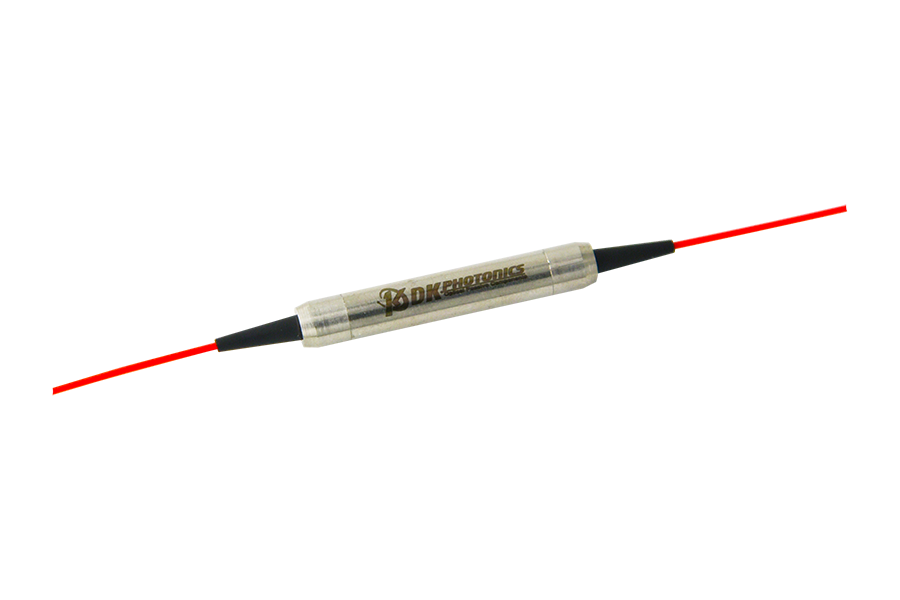Light moves in all directions, but sometimes we need it to only move in one specific straight direction so that we can use it for specific purposes. That’s where these incredible little devices, called in-line polarizers, come in.
Although they are small in size, they play extremely important roles in different industries that use fiber optics. They act like filters that allow light waves to travel only in one direction while blocking out all the other directions.
In-line polarizers help to make fiber-optic technologies more efficient and powerful in a variety of ways because they generate this special type of light in which all of the waves vibrate in perfect harmony. Let’s see where they get used:
The Internet and Mobile Networks
The internet and smartphone networks we use every day rely on long underground fiber cables to transmit data across cities and countries at super speeds. But after traveling such huge distances, the light signals can get a bit muddled and unorganized. In-line polarizers organize these light vibrations so our messages and videos stay clear and smooth!
Powerful Lasers
For accurate laser cutting of metals, medical surgeries, or science experiments, you need laser light that stays perfectly focused and strong. In-line polarizers organize those laser light vibrations as they travel through fiber cables, keeping the laser beam impressively bright and on target.
Fiber Optic Sensors
We also use fiber cables as sensors to detect vibrations, forceful stretching, or temperature changes. This is done by checking if the inside vibrating light pattern changes in any way. In-line polarizers make sure the light enters and exits the cable with just the right vibration pattern needed to make accurate measurements.
Fiber Optics Testing
When making fiber optic parts like special light switches and modulators, they get tested using unique vibrating light signals. In-line polarizers create these specific light vibration patterns to properly check if the parts are working well.
Medical Imaging
Small fiber cables are used in medical devices like endoscopes to see what’s happening inside your body and make correct diagnoses. In-line polarizers keep the light vibrations perfect while traveling through those tiny, bendy fibers so doctors get a clear, undistorted view.
Monitoring Big Machines
Large factories use fiber sensors on their machinery to continuously track issues like excessive shaking or overheating. In-line polarizers make sure these light signals stay nice and stable, even with all the machines rumbling and rattling around.
Scientific Research
Scientists use incredibly advanced fiber optic systems for studying incredible subjects such as distant galaxies, physics, and more. With the help of in-line polarizers, they can completely regulate and modify the light vibration patterns needed to perform incredibly accurate measurements and observations.
While we can’t see them, these in-line polarizers play a highly important role across many modern technologies that use fiber optics. They make those light vibrations behave just right for different tasks – similar to how having a well-organized squad leads to better teamwork. As new incredible fiber optic inventions keep emerging, in-line polarizers will keep evolving as well to power more innovative features.


Leave A Comment